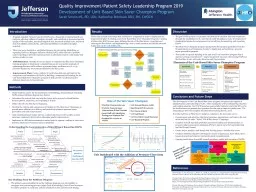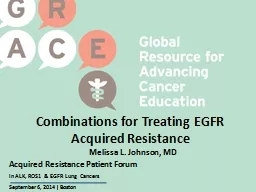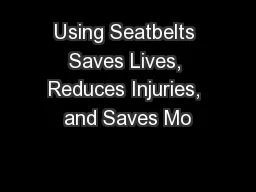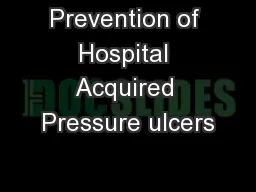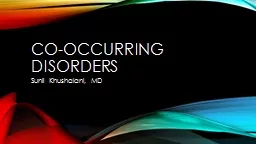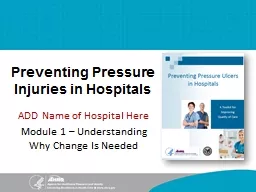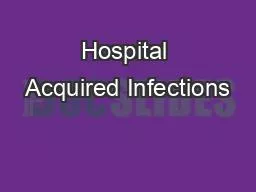PPT-Introduction Hospital Acquired Pressure Injuries (HAPIs) are a frequently occurring health
Author : crandone | Published Date : 2020-06-24
to d ecreased patient quality of life and safety increased length of stay increased medical costs increased risk of morbidity and mortality and financial
Presentation Embed Code
Download Presentation
Download Presentation The PPT/PDF document "Introduction Hospital Acquired Pressure ..." is the property of its rightful owner. Permission is granted to download and print the materials on this website for personal, non-commercial use only, and to display it on your personal computer provided you do not modify the materials and that you retain all copyright notices contained in the materials. By downloading content from our website, you accept the terms of this agreement.
Introduction Hospital Acquired Pressure Injuries (HAPIs) are a frequently occurring health: Transcript
Download Rules Of Document
"Introduction Hospital Acquired Pressure Injuries (HAPIs) are a frequently occurring health"The content belongs to its owner. You may download and print it for personal use, without modification, and keep all copyright notices. By downloading, you agree to these terms.
Related Documents

